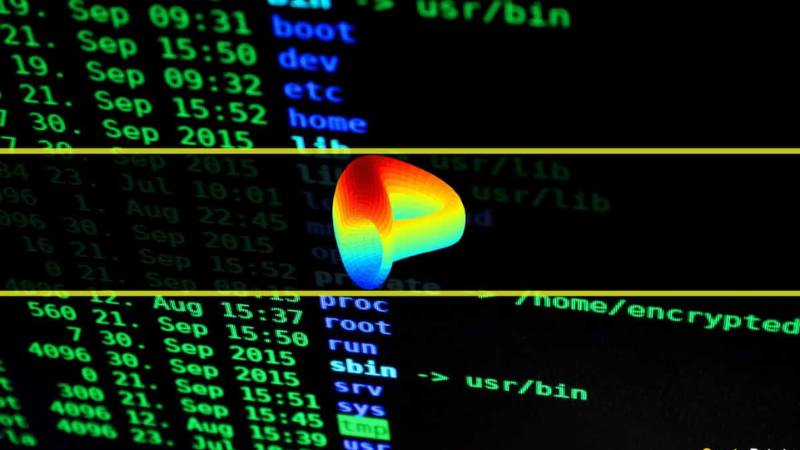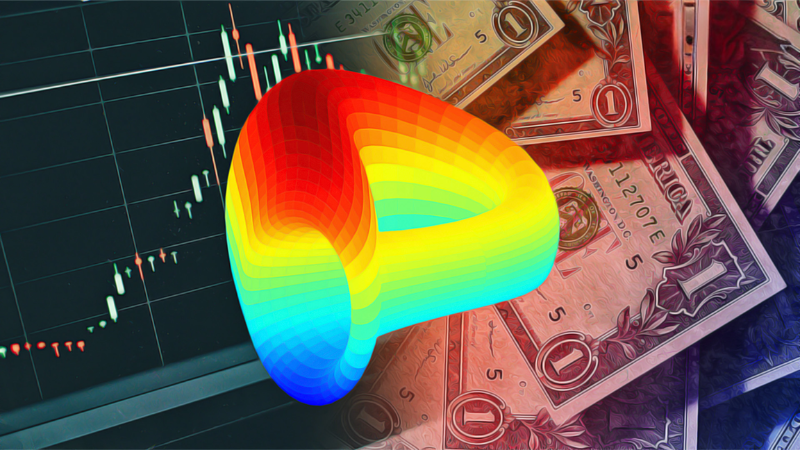Curve is known for its decentralized exchange that optimizes stablecoin swaps, and now it’s entering the decentralized stablecoin market. Unlike traditional stablecoins backed by centralized reserves, Curve’s stablecoin utilizes decentralized mechanisms to maintain its value. This makes it a trustless, censorship-resistant option for the DeFi ecosystem.
In this article, Financial Insight Daily wil explore What Is Curve’s Decentralized Stablecoin, highlighting its features and potential role in the decentralized finance space.
What Is Curve’s Decentralized Stablecoin
Curve Finance was launched in January 2020, during the early stages of what would later become known as DeFi Summer. Created by Michael Egorov and his team, Curve’s main goal was to optimize swaps between identically-pegged assets. This niche positioning allowed Curve to become the leading decentralized exchange (DEX) for stablecoins across most Ethereum Virtual Machine (EVM) compatible chains.
In addition to stablecoins, Curve hosts a variety of liquidity pools, including those containing ETH and its liquid staking derivatives, wrapped BTC tokens, and even their tricrypto pool, which holds ETH, Wrapped BTC, and Tether.
To decentralize decision-making, Curve launched its own token, CRV, which allows protocol governance to be managed through the Curve Decentralized Autonomous Organization (DAO). The CRV token became a crucial part of Curve’s success due to its unique tokenomics. Holders of CRV could lock their tokens for a specified period to receive vote-escrowed CRV (veCRV), which granted them a share of trading fees on Curve, boosted liquidity provision rewards, and enabled them to vote on protocol decisions.
This locking mechanism was key to the Curve Wars, as it allowed veCRV holders to direct CRV incentives to specific liquidity pools, effectively controlling where Curve’s incentives were allocated. This competition for CRV incentives became an important part of Curve’s ecosystem, with multiple protocols vying for control to enhance liquidity on their pools.

How Does CrvUSD Work?
CrvUSD is designed as a collateralized-debt-position (CDP) stablecoin, meaning users deposit collateral to take out a loan in crvUSD. Although not officially confirmed yet, ETH will likely be the initial collateral accepted, similar to the DAI stablecoin by MakerDAO. In the future, other types of collateral, such as liquidity pool (LP) positions, may also be accepted.
To ensure the safe liquidation of collateral that falls below the liquidation threshold, CrvUSD utilizes a robust liquidation system. This is where Curve introduces their proprietary Lending-Liquidating AMM Algorithm (LLAMMA), which distinguishes itself from traditional CDP stablecoins.
The LLAMMA algorithm works by setting specific price bands to liquidate portions of the collateral over time, rather than fully liquidating the collateral at a fixed liquidation price. This means that as the price of the collateral decreases, it is gradually sold for crvUSD, ensuring that, by the time the collateral reaches its liquidation point, there will already be enough crvUSD to cover the loan value. This avoids the typical liquidation scenario where the user loses all their collateral in one go.
In comparison, traditional liquidation engines would liquidate the user’s collateral at the liquidation point, leaving them holding USD positions minus liquidation fees. If the collateral price recovers, the user misses out on the rebound because the losses are already locked in by the liquidation.

Why Is This Important for Curve Finance?
With the crvUSD model, crvUSD could attract more liquidity providers to participate in Curve’s liquidity pools (LPs), achieving greater capital efficiency with their funds. Coupled with the reduced risk of liquidations through LLAMMA, this could be very appealing for more risk-averse users looking to incorporate elements of leverage into their DeFi strategy.
On the other hand, LLAMMA’s constant rebalancing of users’ collateral will generate more trading volume in Curve’s pools, which results in more fees for the protocol and veCRV token holders. Moreover, crvUSD loans will likely incur borrowing fees, creating an entirely new revenue stream for the protocol and its veCRV token holders.
With these two favorable factors in mind, crvUSD could reignite Curve’s positive flywheel and reintroduce fresh capital into the protocol.

Curve’s entry into the decentralized stablecoin market with crvUSD represents a significant milestone in the evolution of DeFi. By offering a stablecoin that utilizes decentralized mechanisms to maintain its value, Curve is positioning itself as a trustless, censorship-resistant alternative to traditional stablecoins. The introduction of LLAMMA technology enhances the stability and capital efficiency of the platform, making it an attractive option for both liquidity providers and users looking for safer leverage opportunities.
